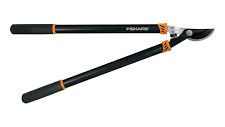Choose the Right Tools for Pruning
Here are recommended tools and basic pruning techniques for maintaining the health of a plant and for accentuating key attributes, such as leaves, bark, branch structure, flowers, fruit, or other desirable characteristics.
Recommended Tools
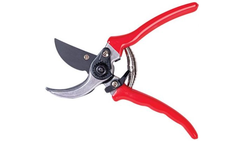
Bypass shears are like scissors. The blades pass across each other leaving a clean cut. They can cut branches up to three-quarters of an inch in diameter, depending upon the hardness of the wood. Bypass pole pruners can be effective if you can see and control the cut.
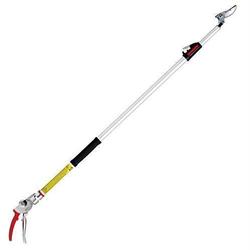
Bypass pole pruners can be effective for branches up to three-quarters of an inch when you can clearly see and control the cut.
Avoid excessive pressure
When using bypass shears or pole pruners, avoid excessive pressure with one hand or forcing the cut by compressing the handles using both hands.
Use with fruit saw
It is also good practice to swap the bypass shears and fruit saw interchangeably, as the size of each branch requires.
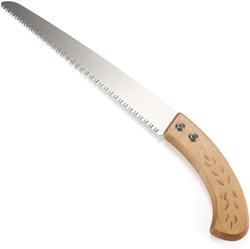
A fruit saw is useful for cuts larger than those that bypass shears can remove with moderate pressure from one hand. A fruit saw with a 6- 8 inch blade is adequate for most home gardeners. Models with fixed and retractable blades are equally acceptable, but some prefer the firm grip of a fixed blade over the smaller profile of the retractable blade.
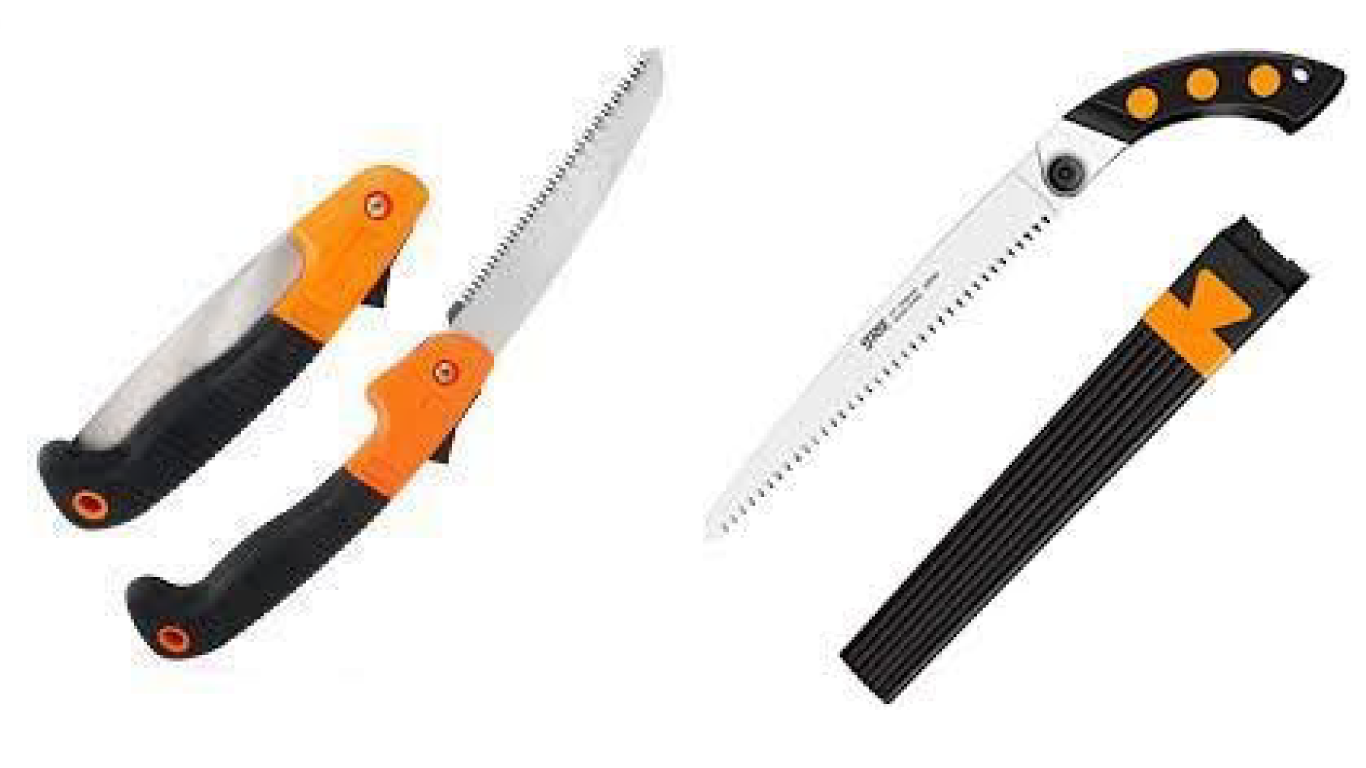
OTHER PRUNING SAWS
Pruning saws with fixed and foldable blades are very useful for larger cuts. Note: Unlike a carpenter’s handsaw, most pruning saws cut only on the pull, not on the push.
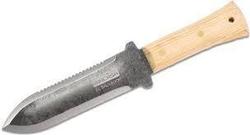
A Hori-Hori ('to dig' in Japanese) knife or garden knife is a very useful multipurpose tool for light digging, clearing soil away from the crown of a plant or for weeding. Traditional styles tend to have wooden or bamboo handles, but rubber and plastic handles are also available.
Tools that are NOT recommended for pruning:
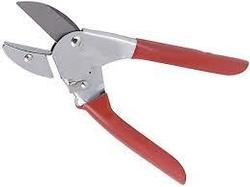
Anvil shears work by having the cutting blade come down on an anvil. They are not recommended for pruning live wood, because they tend to crush branch tissue, making it more difficult for the cut to seal properly.
HOW TO CLEAN & SHARPEN PRUNING TOOLS

